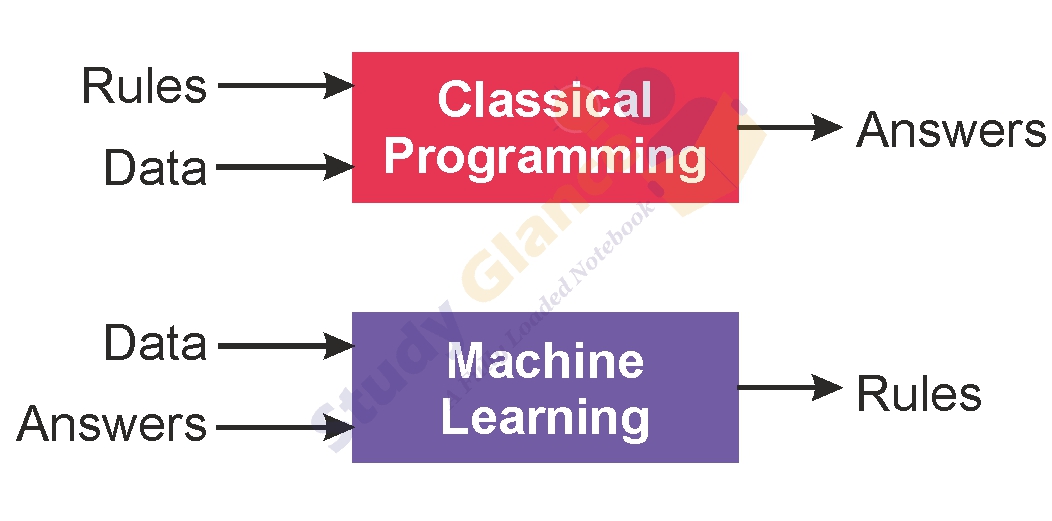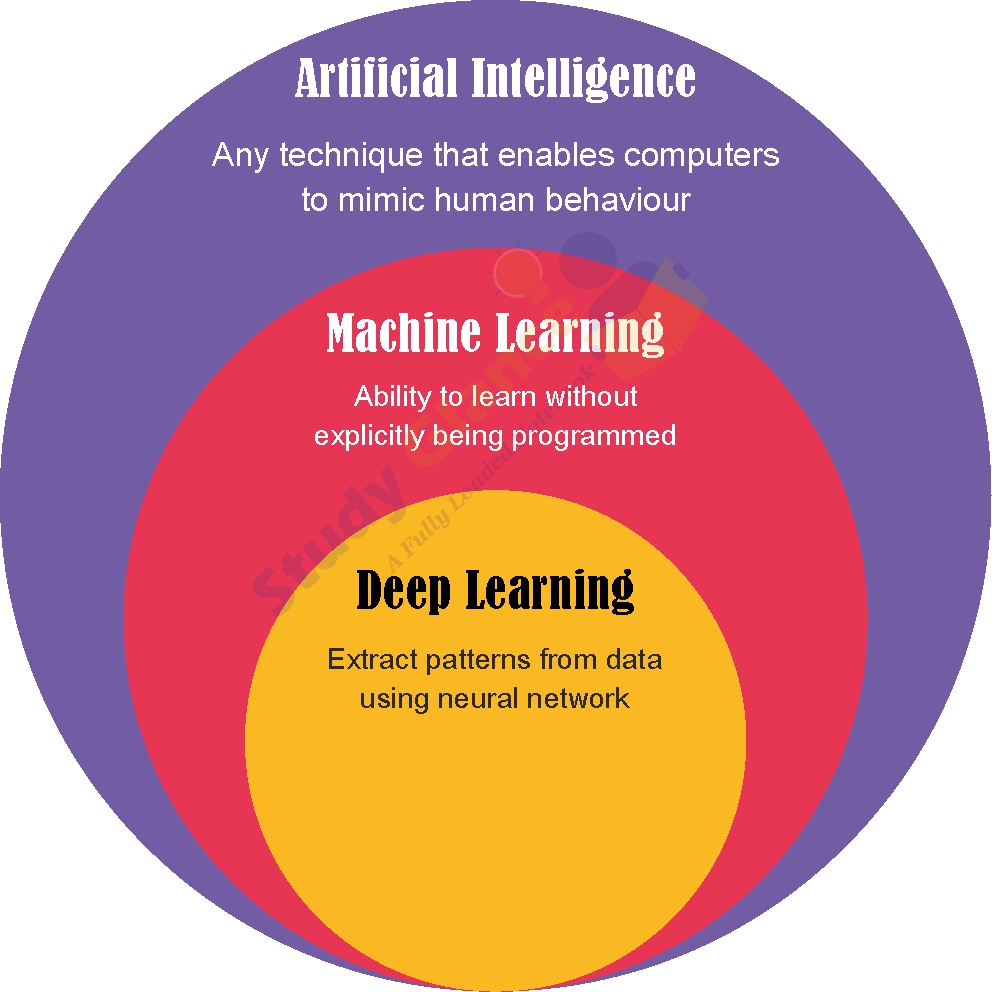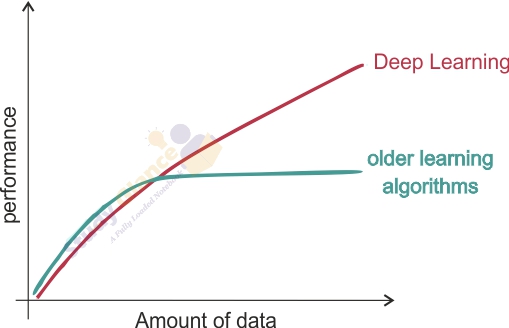Introduction
Deep Learning is a subset of Machine Learning that uses mathematical functions to map the input to the output. These functions can extract non-redundant information or patterns from the data, which enables them to form a relationship between the input and the output. This is known as learning, and the process of learning is called training.
In traditional computer programming, input and a set of rules are combined together to get the desired output. In machine learning and deep learning, input and output are correlated to the rules. These rules when combined with new input-yield desired results.

Modern deep learning models use artificial neural networks or simply neural networks to extract information.
These neural networks are made up of a simple mathematical function that can be stacked on top of each other and arranged in the form of layers, giving them a sense of depth, hence the term Deep Learning.
Deep learning can also be thought of as an approach to Artificial Intelligence, a smart combination of hardware and software to solve tasks requiring human intelligence.

Importance of Deep Learning
Deep learning algorithms play a crucial role in determining the features and can handle the large number of processes for the data that might be structured or unstructured. Although, deep learning algorithms can overkill some tasks that might involve complex problems because they need access to huge amounts of data so that they can function effectively. For example, there's a popular deep learning tool that recognizes images namely Imagenet that has access to 14 million images in its dataset-driven algorithms. It is a highly comprehensive tool that has defined a next-level benchmark for deep learning tools that aim images as their dataset.
Deep learning algorithms are highly progressive algorithms that learn about the image that we discussed previously by passing it through each neural network layer. The layers are highly sensitive to detect low-level features of the image like edges and pixels and henceforth the combined layers take this information and form holistic representations by comparing it with previous data. For example, the middle layer might be programmed to detect some special parts of the object in the photograph which other deep trained layers are programmed to detect special objects like dogs, trees, utensils, etc.
However, if we talk out the simple task that involves less complexity and a data-driven resource, deep learning algorithms fail to generalize simple data. This is one of the main reasons deep learning is not considered effective as linear or boosted tree models. Simple models aim to churn out custom data, track fraudulent transactions and deal with less complex datasets with fewer features. Also, there are various cases like multiclass classification where deep learning can be effective because it involves smaller but more structured datasets but is not preferred usually.
Why Deep Learning

Next Topic :Brief History